-
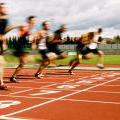
Can you work out which Olympics athletics event each anonymised graph of Olympic records data represents? This activity, aimed at Key Stage 3 (age 11-14), gives students the opportunity to make sense of graphical data and challenges them to apply their own knowledge about athletics to explain and interpret key features of the graphs.
-
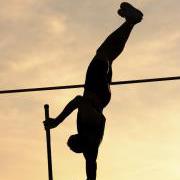
The decathlon consists of ten track and field events spread over two days and is the most physically demanding event for athletes. But how could changes to the points tables affect who wins? What events repay your training investment with the greatest points payoff? And what sort of athlete is going to do best in the decathlon - a runner, a thrower or a jumper? John Barrow investigates in this article aimed at older students and general readers.
-
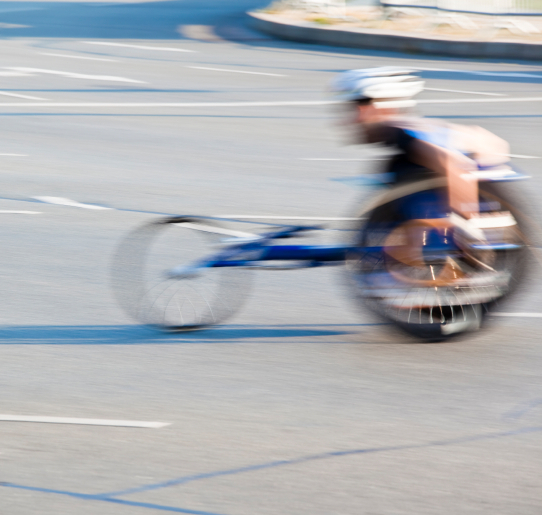
Wheelchair racing is one of the most exciting disciplines in the Paralympics. It also overturns some of our assumptions about Olympic track athletics: looking at the trends in world record performances for elite able-bodied and wheelchair track athletes shows that they are both very well defined but quite surprisingly different. Professor John D. Barrow explores the maths.
-
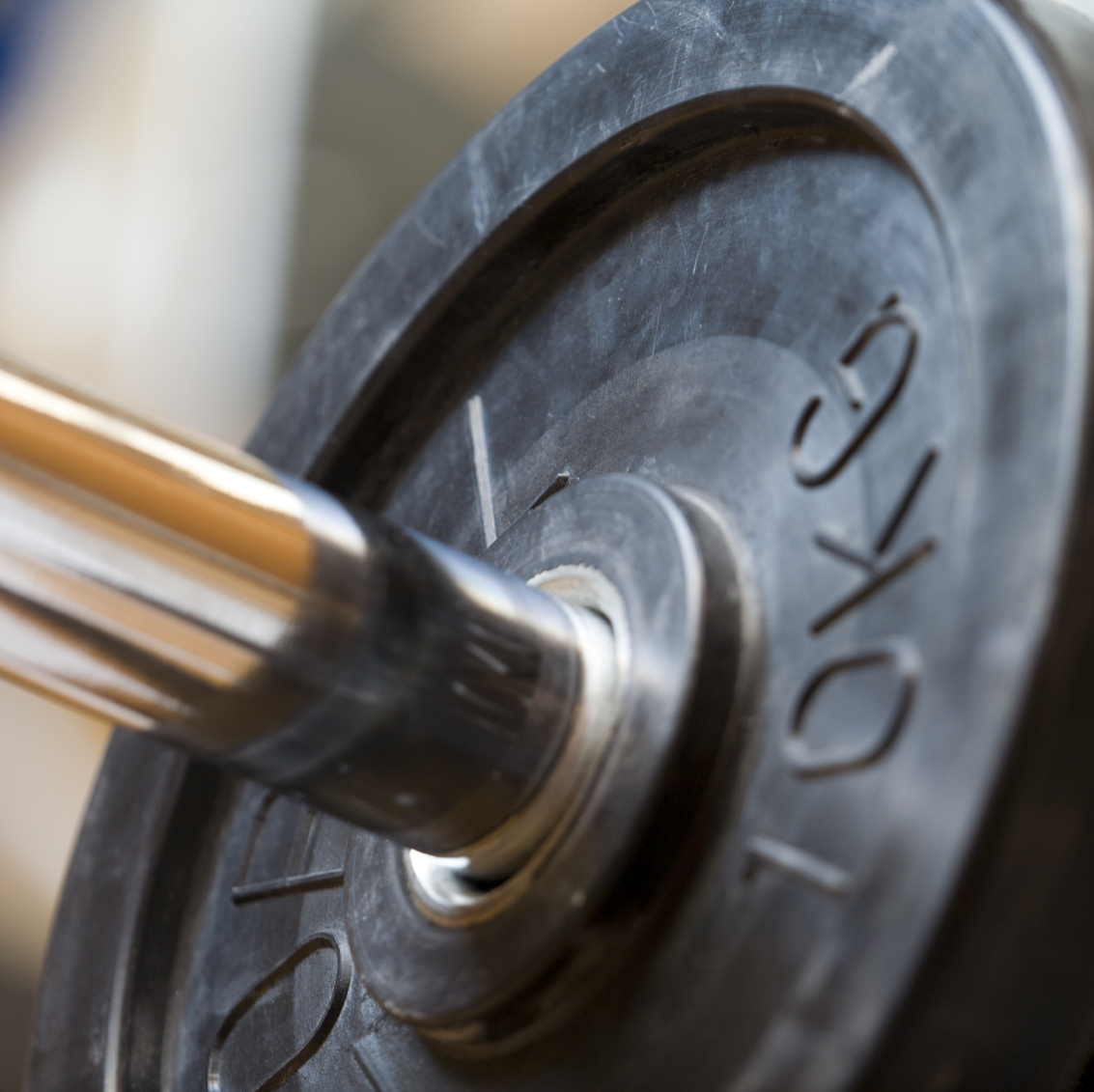
How does size affect performance? Why do some sports have weight categories while others don’t? What types of lever are employed in sports events like gymnastics and wrestling and how much force does a karate blow need to exert to break a brick? Professor John Barrow explores how simple maths can give us the answers in this video lecture aimed at a general audience.
-
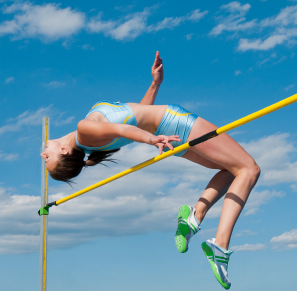
What role does rotation play in sport? What light does simple maths shed on the movements seen in sport and the stress they place on equipment and the human body? Professor John Barrow explains as part of his Maths in Sport video lecture series.
-
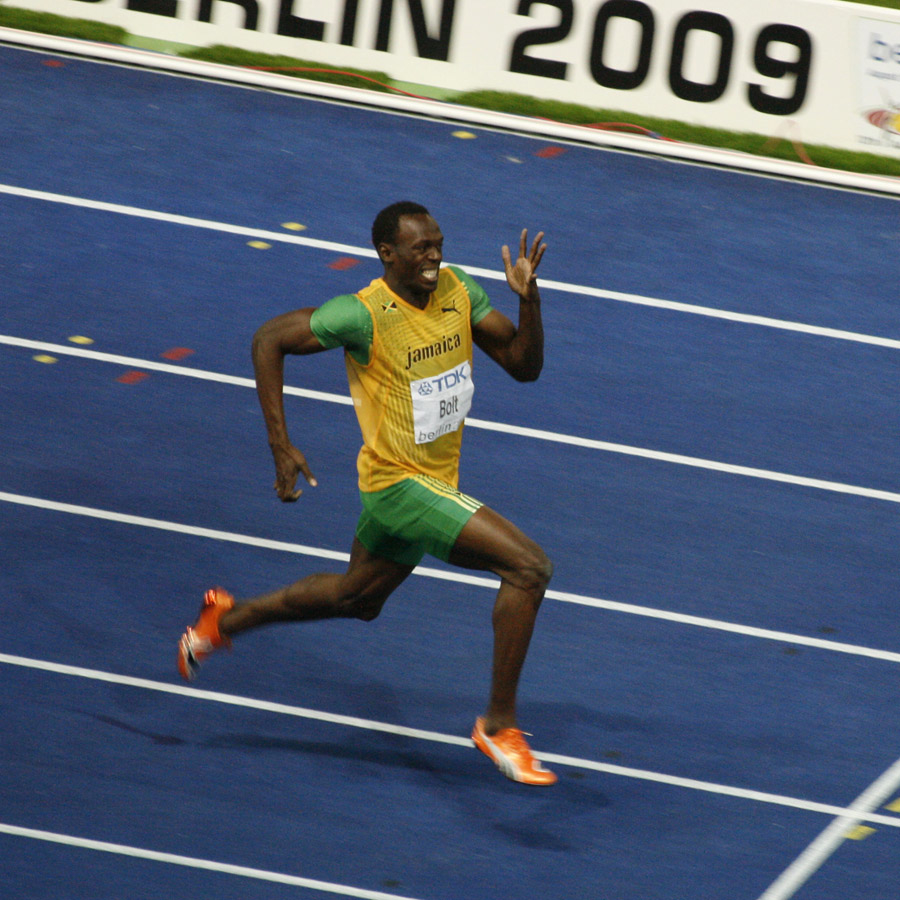
Is it possible for Usain Bolt improve his world 100 metres sprint record significantly without actually improving his speed? How fast is he able to run? In this video lecture, aimed at a general audience, Professor John Barrow examines the hidden mechanics of sprinting, the effect of altitude on sprint times and the current status of 'unbeatable' records.
-
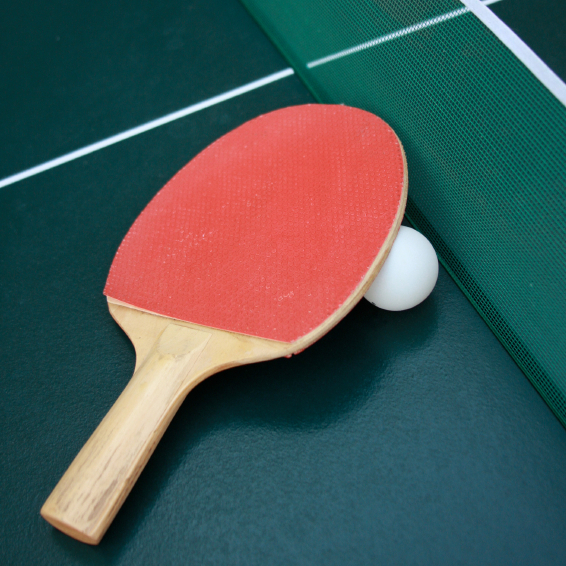
Why are there so many different scoring systems in operation in sport? How can changes to scoring systems affect the relative roles of luck and skill in determining the winner? This video from Professor John Barrow's Maths of Sport lecture series is aimed at a general audience.
-
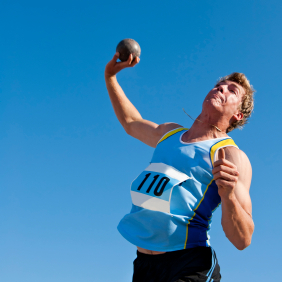
At what angle should you release the shot to break Olympic records? This activity gives students the opportunity to investigate projectile motion in a real-life context, and is aimed at A-level students (Key Stage 5).
-

Can you throw a beanbag as far as the Olympic hammer or discus throwers? This activity introduces children to informal measures to compare distances, and is designed to be accessible to primary pupils at Key Stage 1.
-

Can you match these records and measurements to the correct event at the Olympic Games? This activity invites students to engage with units of measurement and orders of magnitude, and is aimed at secondary students at Key Stage 3.

